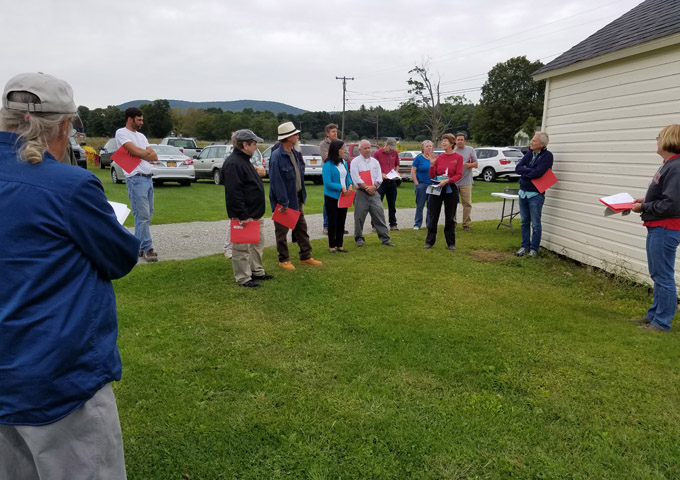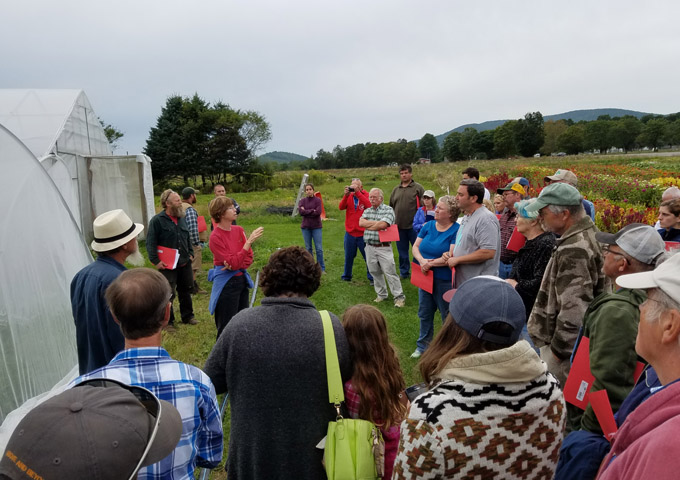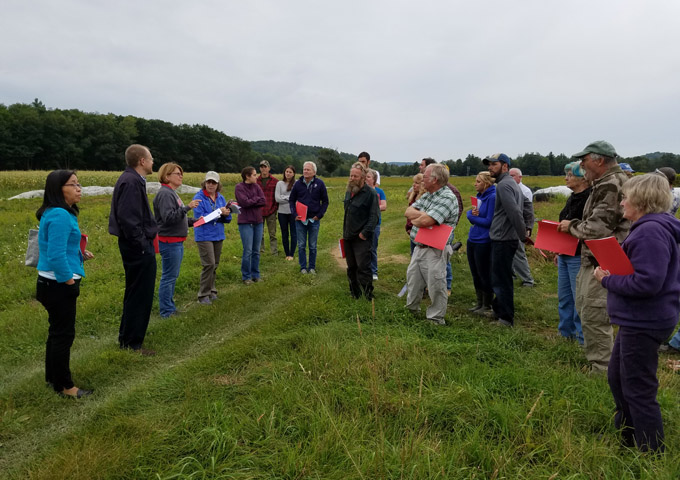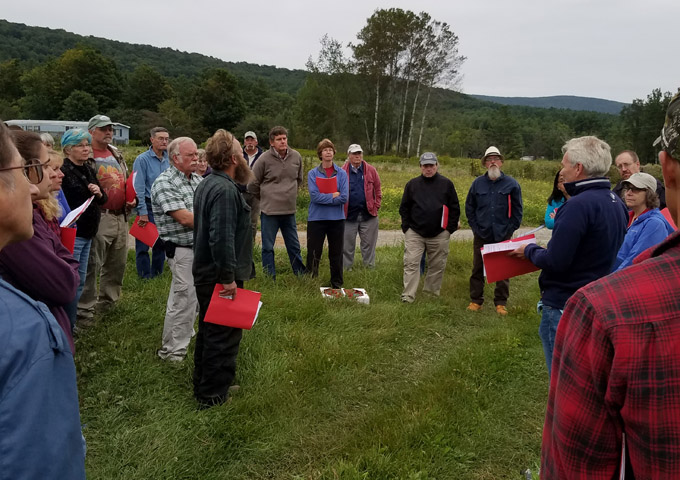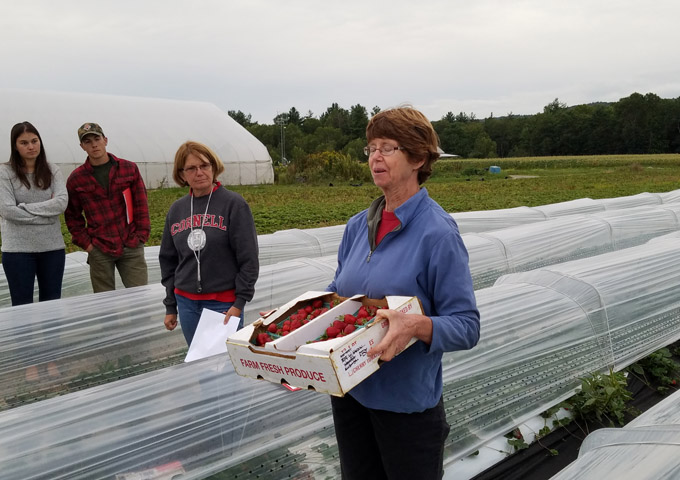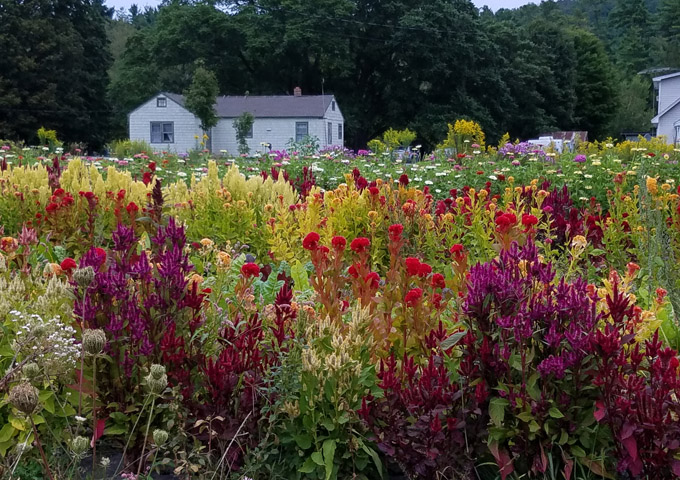Although it is now safe to travel to Chin, this region has been cut off from the rest of Myanmar, and the world, for most of its existence. There is no real industry in Chin State. Travel to the capital city, Hakha, is an 11-hour drive on dirt roads from the nearest city with an airport (which has just one flight a day). Farming villages are even farther from Hahka. The roads in this state are one-lane, steep, and curved, with no guardrails and 1,000-foot dropoffs. During the rainy season, roads become impassable because of mud and landslides. Most of the country speaks Burmese and is Buddhist, while many different languages are spoken in Chin and Chin people are mostly Christian. All of these differences reinforce the isolation and makes education in this region difficult.
There is little to no flat land in Chin State. The hillsides are too steep for most grazing animals, except for goats. But having goats is risky, because they can escape through fences and eat valuable crops. The rain stops after the rainy season, so farmers then endure six months of drought. The capital city is too far to take goods to market, especially given the state of the roads.
People who live in villages in Chin are malnourished. It is estimated that 40 percent of the population suffers from protein, vitamin, and mineral deficiencies. Our task was to visit these villages, determine if anything could be done to help increase fruit and vegetable production and consumption, train extension educators, and advise about the curriculum used in the state agriculture institutes and the agricultural university at Yezin.





